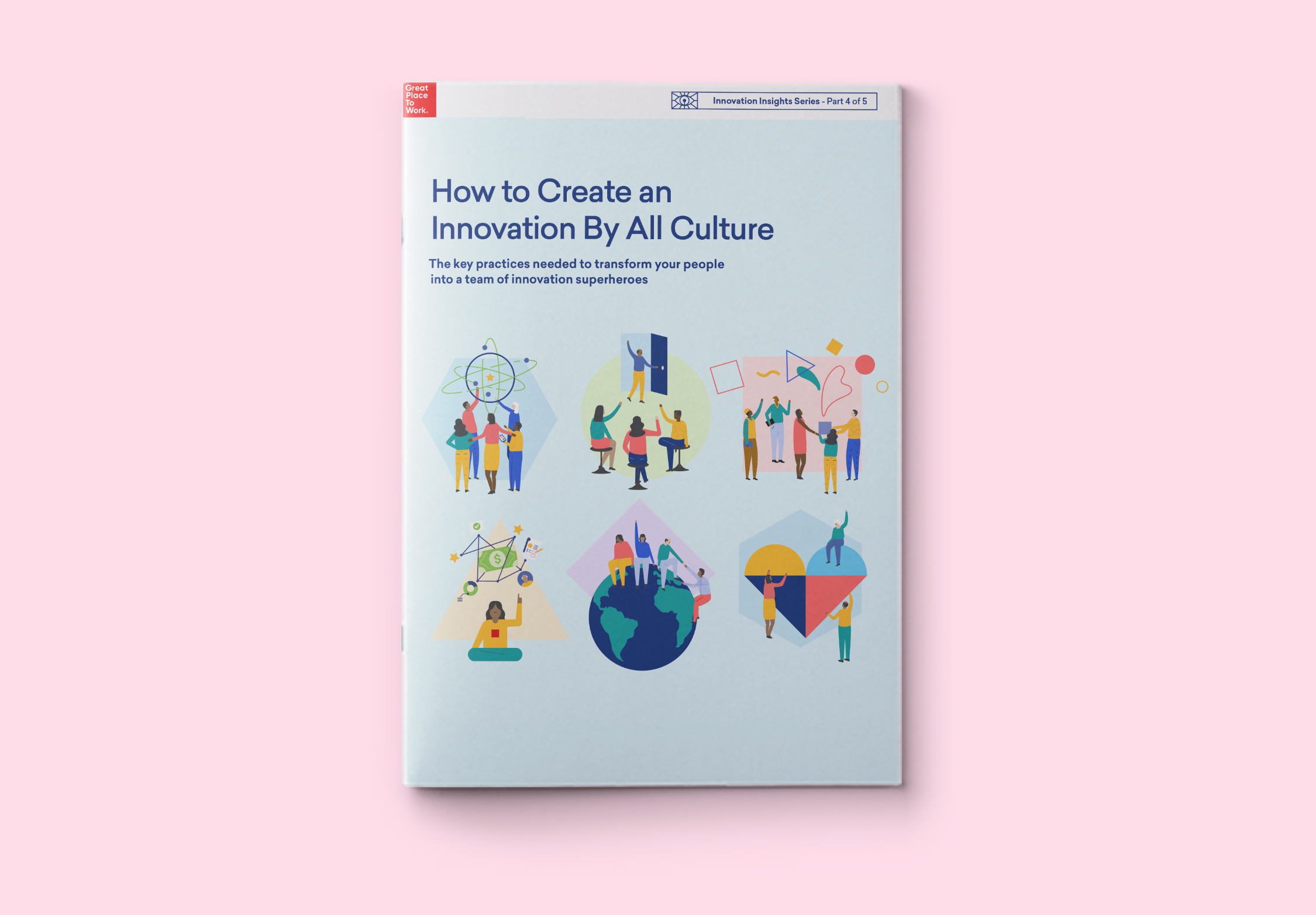Diversity & Inclusion, Employee Experience, Employer Brand, ERGs, Leadership & Management
Employee Resource Groups are key to creating more inclusive, successful organizations. Here’s what you should know.
What a difference a new leader can make. Case in point: Twitter. We all know what’s happened since Elon Musk took over the social platform.
A quick recap. In less than a week, Musk:
- Laid off about half the staff, around 3,700 employees, just days after his takeover. A few days later, he reportedly asked some employees who were laid off by mistake to return.
- Gave employees the heads-up in an email the night before the mass layoffs. Twitter now faces a class action lawsuit for violating worker protection laws by not providing enough notice.
- Fired the CEO, CFO, and head of legal, public policy and trust and safety.
- Reversed Twitter’s “work from anywhere” policy by mandating a return to office. This summer he mandated Tesla workers return to the office and said, “Remote work is no longer acceptable.”
The impact on Twitter’s culture and remaining employees — if they choose to stay — is enormous. Twitter’s chief of people and diversity officer and its chief consumer officer both resigned within days of Musk’s takeover, and top-level executives continue to quit.
But Musk also did something that no leader should think is good for business or people. He reportedly shut down Twitter’s Employee Resource Groups (ERGs), which included Twitter Women and Blackbird, the ERG for Black employees.
What are ERGs? ERGs are groups where historically marginalized employees have gathered to offer support to one another. These voluntary, employee-led groups aim to foster a diverse, inclusive workplace aligned with the organizations they serve. They exist to provide support and help in personal or career development and to create a safe space where employees can bring their whole selves to the table.
Twitter’s commitment to diversity efforts is now in question. Musk’s rollback of its flexible work policy and undoing of key ERG groups has made the company less inclusive in a matter of days.
The new guy at Twitter dissolved all ERGs. No more Twitter Women or Blackbirds. This is so unbelievably wild to watch.
— isa watson (@isadwatson) November 4, 2022
Sioban Massiah, who served as the global events chair for Blackbird, wrote a heartfelt post on LinkedIn:
My heart is broken in a way I can’t explain. It was announced that the new person running Twitter dissolved all the BRGS. Blackbirds technically doesn't exist at the company anymore. I knew changes were coming but never saw this as an option.
For many Black people, Blackbirds is the reason they chose to work at Twitter. We supported Black people who had never worked in tech to excel in their new spaces. We continued to uplift each other even when people left the company. We were best in class and what other companies strived for. We built something special. Blackbirds is more than an ERG/BRG, it’s a community. What we built can never be dissolved.
The presence of ERGs is an actionable way to tell your people that you care and are committed to employee well-being, inclusion, and belonging. ERGs can help you see your blind spots. They can tell you if your diversity, equity, inclusion, and belonging (DEIB) investments are working, or what else would make a difference. Eliminating them breaks trust, reduces retention, and has a host of negative implications for your business.
9 benefits of ERGs
1. Provides a sense of belonging.
At average workplaces, 25% of employees feel lonely and 30% don’t feel like they belong. At the Fortune 100 Best Companies to Work For®, 88% feel like they can be themselves at work. Why? Employees at the Best Workplaces are encouraged to bring their authentic selves to work through ERGs and other DEIB programs. These companies are focused on ensuring every employee feels included. Through ERGs, they show up for their people and make sure that everyone feels included. They’re creating a workplace for all of their people, regardless of gender, role, or ethnicity.
At Dow, one of only four companies in manufacturing & production to make the 100 Best Companies list in 2022, ERGs are core to its the inclusion, diversity, and equity strategy. They are catalysts for inclusion and a resource for both employees and the company in critical focus areas and opportunities. Dow’s global ERG participation has more than tripled, increasing from 15% to 52% after it relaunched its inclusion strategy.
2. Improves work conditions for alienated workers.
ERGs help marginalized groups and remote workers feel connected through a common cause or interest.
3. Makes the physical work environment better for everyone.
For example, creating gender-neutral restrooms and improving physical or visual accessibility for employees.
4. Brings employees together in a safe place.
Conversations can flow freely and everyone can feel comfortable sharing their experience.
5. Identifies and develops up-and-coming leaders.
ERG leaders can help identify emerging talent that might otherwise go overlooked due to unconscious bias. Participants can find new opportunities to connect with mentors and supportive colleagues across business units.
6. Helps tackle company-wide challenges.
ERGs designed to address a specific topic or issue can help keep leaders in the know about issues or wins that are top of mind for the group members.
7. Lowers the chance of suppressed frustrations.
ERGs can help surface an issue that might be too risky for an individual to share alone. This can help address problems quickly and alleviate toxic work environments.
8. Improves innovation.
Innovation flourishes when employees feel safe sharing their ideas and bringing their whole selves to work.
9. Increases well-being.
Employee well-being increases if people feel like they can bring their authentic selves to work. And employees who experience high levels of well-being are three times more likely to stay at their companies, and three times more likely to recommend their workplace to others.
Four keys to success
Getting ERG groups up and going —and successful— isn’t always easy.
Our research at Great Place To Work shows that many executives are unaware of the challenges ERG groups have to really make an impact. As a result, they’re missing opportunities to make the most out of these groups. There are challenges for ERGs (lack of budget, resources, authority, and allies), but they can be overcome if they’re structured properly.
- If your organization wants to advance diversity, equity, and inclusion, as well as business results, tap your ERG leaders.
- But first, listen to them through surveys and focus groups, looking out for gaps in experience.
- Next, support them with a meaningful budget, involvement from senior leaders, and career advancement assistance.
- Finally, help ERGs grow in numbers to reach critical mass—to benefit both members and the organization overall.
Here are some answers to common questions about ERGs.
Yes, there are challenges with ERG groups, just like there are with any program. But shutting ERGs down does not serve the interests of businesses or their people. Great companies are investing and engaging with ERGs, not shutting them down.
For those former Twitter employees who now find themselves in the job pool,et us help. We want everyone to #lovewhereyouwork and encourage those following that hashtag to check out opportunities at Great Place To Work-Certified™ companies. They’ve proven that they put employees first and create great cultures for their people.











